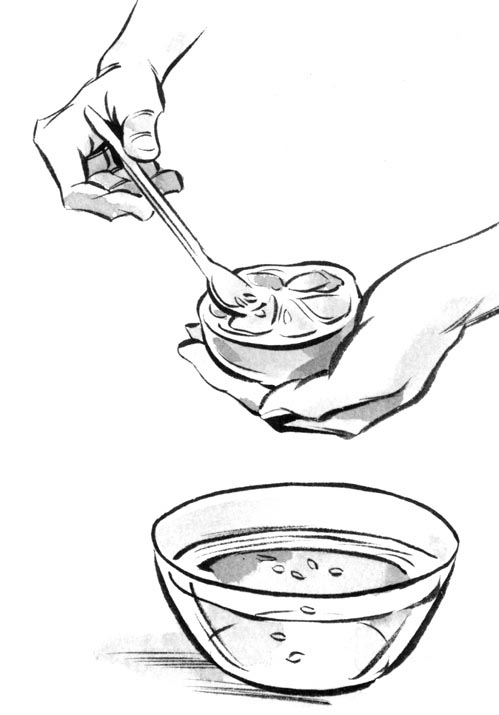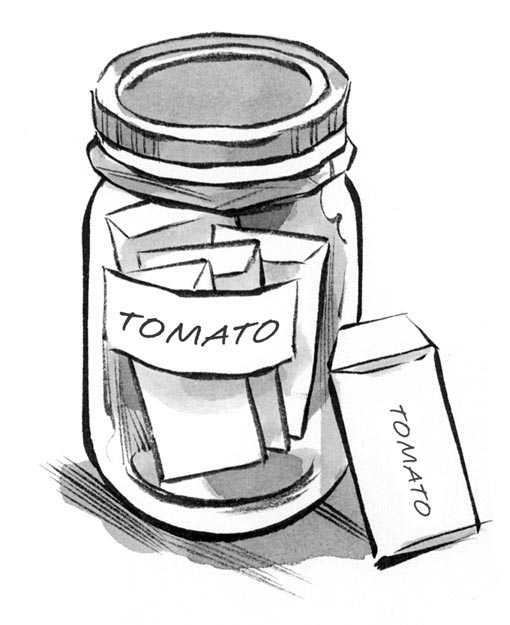Collecting and Storing Seeds
In order to be viable, seed needs to mature on the plant, but it also needs to be collected as soon as it is ripe. Otherwise it will be dispersed or lost to birds or insects. Use the following steps to collect and store seeds.
- 1.Identify the best plants to collect seed from. That means, you want to collect seeds from the healthiest and most vigorous plants, as well as the plants that had the most flowers or fruit. Harvest mature seed pods or fruit, placing them in separate plastic or paper bags. Write the name of the plant and the date collected on the bag or on a label placed inside it.
- 2.Seeds of many crops, including peas and beans, are dry when they’re mature. To store them, crumble the pods or break them open to remove the seeds. The seed of other crops, like tomatoes and pumpkins, is covered with fleshy fruit that needs to be removed so the seeds can be dried for storage. In this case, to save seeds, crush or cut open the fruit and put it — seeds and all — in a bowl. Cover the fruit-and-seed mixture with water and allow it to stand for several days. Pulp rises to the surface and seeds sink to the bottom, so you can pour off the water and most of the pulp. Repeat until all of the pulp has been separated from the seeds. Spread the seeds on newspaper. Let seeds dry out for at least a week. Keep each batch of seed with its proper label during this process!

- 3.Place the dried seed in dry, screw-top glass jars. (A packet of silica gel or a bit of rice in each jar helps ensure that seeds stay dry.) If you have lots of seed, place each type (with its label) in a separate jar. For smaller quantities, put the seeds in labeled paper envelopes and store several batches in the same jar. Plastic prescription bottles also make good storage jars.

- 4.Place packaged seed in the refrigerator, to maintain a temperature between 34° and 41°F.